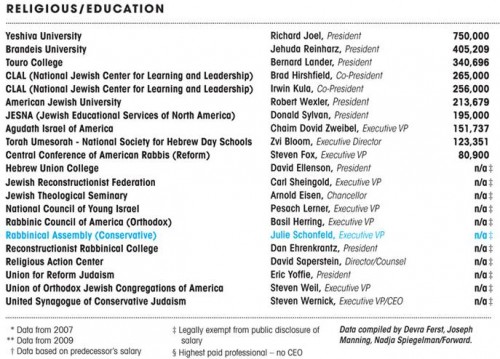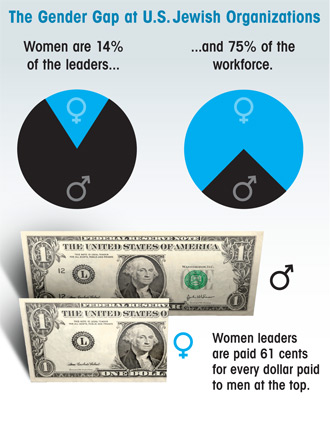Frank D. and Sara E. sent in these two examples, respectively, of humor that points to women’s disproportionate responsibility for housework and childcare.

Diaper changing wheel with “Mom” in many more slots than “Dad” or “Nanny” (Nanny? I know, that’s a whole other post):

Both of these point to the fact that WE KNOW that women do this work disproportionately, even as most women work as many paid hours as their husbands. These are inside jokes for everyone in America. But this disproportionality is perhaps the number one cause of women’s continued economic disadvantage (compared to men). Motherhood, as Ann Crittenden explains, is the greatest predictor of poverty in old age.
I suppose we still think it’s funny–and not very, very serious–because most women in the U.S. don’t have much hope of escaping these responsibilities. It’s easy to make personal sacrifices to fight patriarchy (like not wearing make-up), but once kids and a home are involved, you’re not making personal sacrifices; refusing to do more than your share of childcare (and the housework that comes with it) means that your child is sacrificing too. And that is too big of a sacrifice for most women to make.
So, I guess sometimes humor is all we ladies have got.
—————————
Lisa Wade is a professor of sociology at Occidental College. You can follow her on Twitter and Facebook.





















